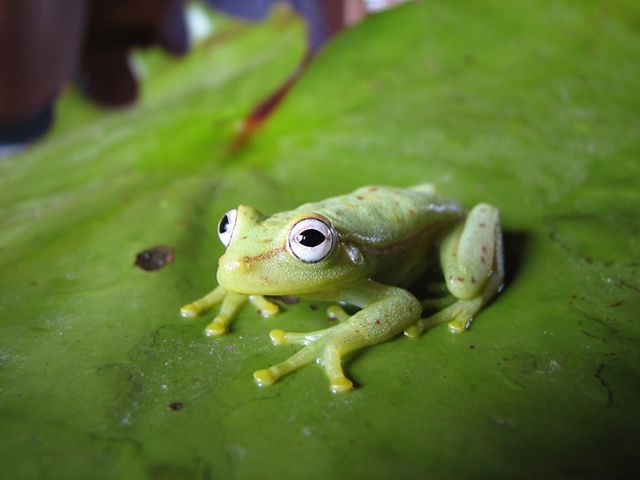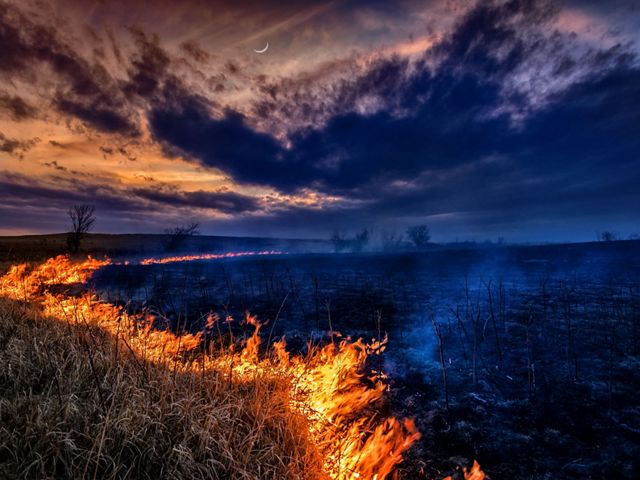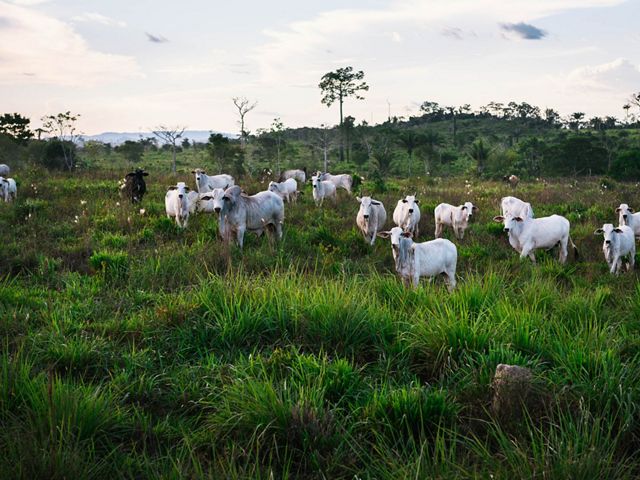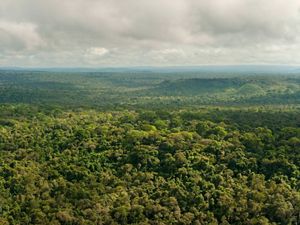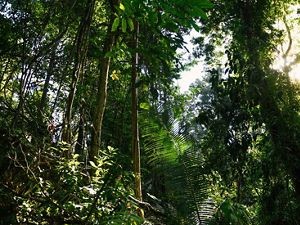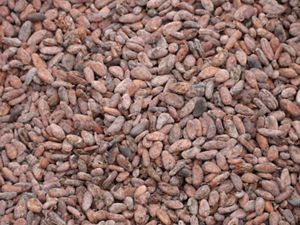6 Things to Know About the Amazon Rainforest Fires, and a Reason for Hope
People are standing up for their planet’s iconic rainforest. To ensure its best possible future, we must improve how we grow food.
You’ve likely seen and heard about the devastating fires that have been scorching their way through the Amazon Rainforest this year.
With so much global attention directed at this complex situation, here are a few things to know about the fires and what can be done to prevent them in the future:
1. This is not the first time the Amazon Rainforest has burned.
Farmers have been using fire, illegally in many cases, to convert rainforest into ranchland and crop farms for decades, a process known as deforestation. There have been more total fires than 2019's fires five times since 2004. But deforestation and habitat fragmentation from these other years of fires have led to hotter and drier conditions that make it easier for fire here to spread. Coupled with a lack of oversight, these fires have reached an unprecedented and reckless scale.
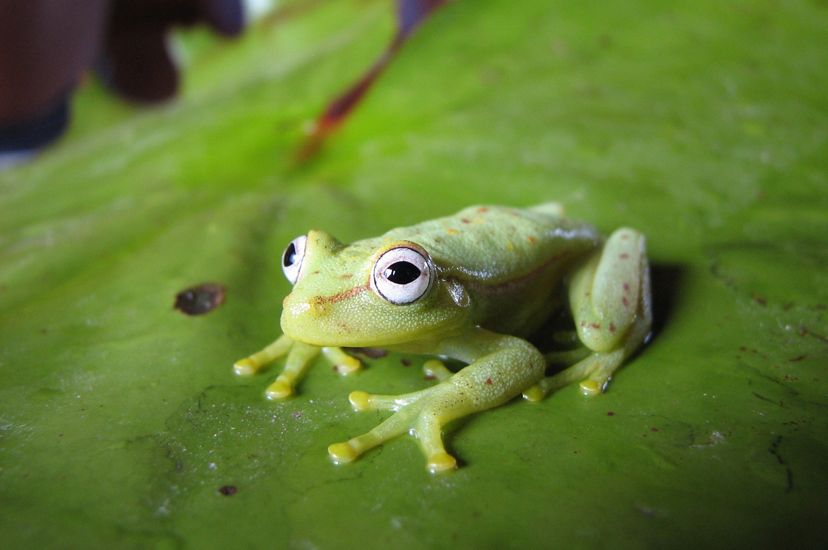
2. Fire is used around the world to sustainably manage lands. However, this strategy isn’t right for the Amazon Rainforest.
Fire has shaped the diversity of life on the planet. Many landscapes depend on fires set by lightning strikes or humans (Indigenous peoples have managed forests sustainably for thousands of years) to keep them healthy and reduce the amount of fuel that can cause a catastrophic mega-fire. Australia’s grasslands and Oregon’s Ponderosa pine forests are examples of fire-adapted landscapes.
The Amazon Rainforest, however, is not a landscape where fire plays a natural role. The humidity and moisture of the rainforest do not lead lightning strikes to often cause fires here, and the plant and animal residents here are not adapted for it. These fires pose direct threats to the rainforest’s biodiversity and its Indigenous peoples, and also can harm the air quality of people throughout South America.
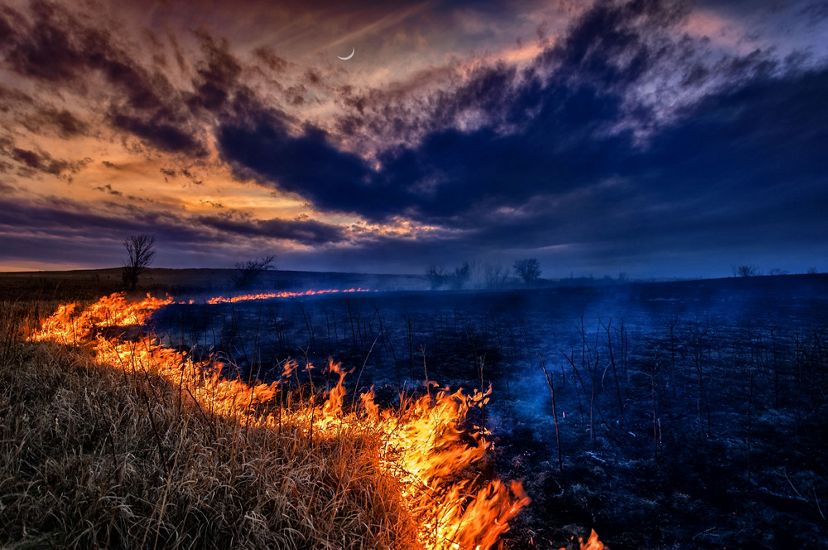
3. To solve the Amazon’s deforestation and combat climate change, we must focus on how we use land to grow our food.
Although the fires were set to clear space to occupy the land, a lot of the area is not used productively or is used mainly for land speculation. There is already a considerable amount of land in the Amazon to increase production of food without deforestation. With populations on the rise, we need to work toward smarter land use to prevent more of the rainforest and other natural lands from being converted for agricultural development. The way we use land to grow food has major implications for our climate.
The Intergovernmental Panel on Climate Change (IPCC) recently released a report revealing that 21 to 37 percent of human-caused greenhouse gas emissions are associated with land-based food production. For perspective, it’s estimated that 2 percent of our emissions come from planes.
That leaves a lot of opportunity for the farming sector to improve land-use practices to reduce deforestation and its effect on our climate.
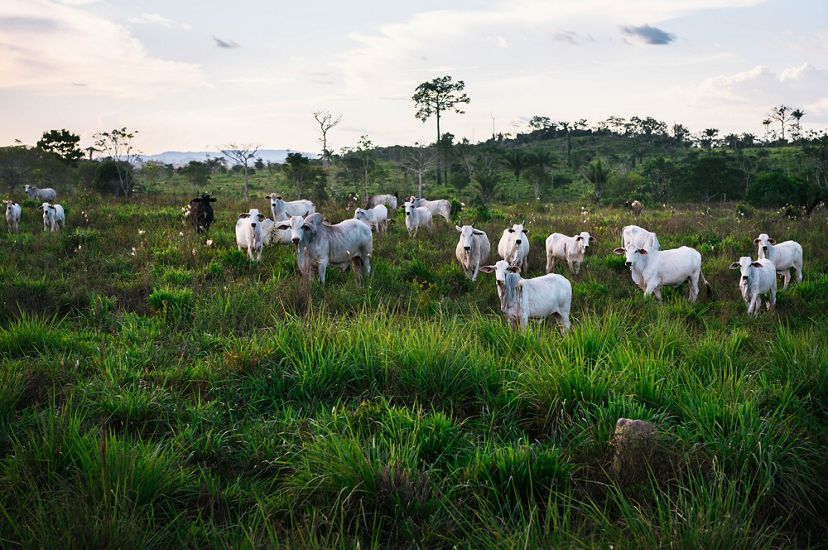
4. It doesn’t have to be farms vs forest. In fact, it can’t be.
Pitting farmers vs the forest will not lead to lasting solutions. By understanding the needs of people in the region we can break the cycle of scarcity and find a more sustainable path.
We’re already doing so in São Félix do Xingu, a remote municipality that used to have one of the highest deforestation rates in Brazil. Here, ranchers were using up the nutrients of their ranchlands every few years and cutting down more forest. TNC demonstrated more effective grazing methods to restore the health of the soil and help ranchers get more out of already-cleared land without burning down more.
And on smaller farms, TNC has shown farmers how to make a sustainable profit by growing native cocoa in the shade of bananas, hardwoods and other native trees. This restores the health of the soil while bringing back forest and avoiding further deforestation.

5. Supporting Indigenous people is one of the most effective strategies for conserving the Amazon Rainforest.
Largely intact compared to surrounding Amazon landscapes, indigenous lands act as sanctuaries for threatened species and boast some of the richest ecosystems in the Amazon. TNC works with Indigenous groups to develop best practices for land management that retain their cultural heritage and preserve the natural resources under their control. To date, TNC has supported eight indigenous groups in the creation of management plans across more than 12 million acres of the rainforest.

6. The world is not silent about the Amazon fires.
Since the fires were publicized in the news and on social media, people from all walks of life have been passionate and vocal in their support of the Amazon.
What’s been revealed in these past few weeks is that there is global recognition that the Amazon is a symbol for the health of the planet, as an amazing haven of biodiversity and as a massive natural carbon sink that can moderate our climate.
People are standing up for their planet’s iconic rainforest. To ensure its best possible future, we must improve the food-growing ability of the farms that are already there.

